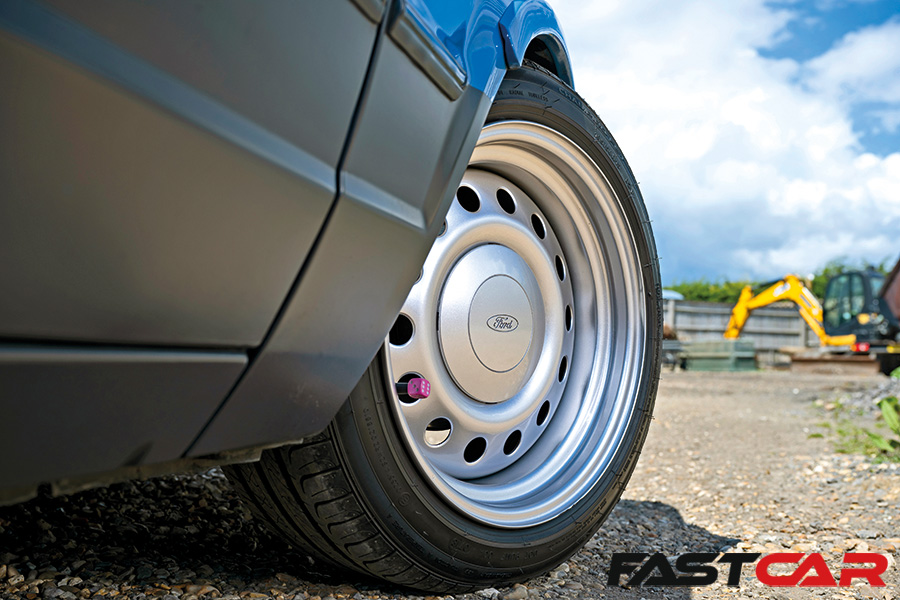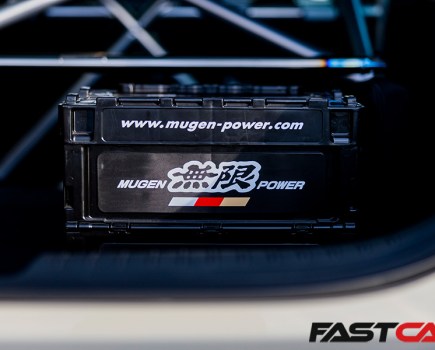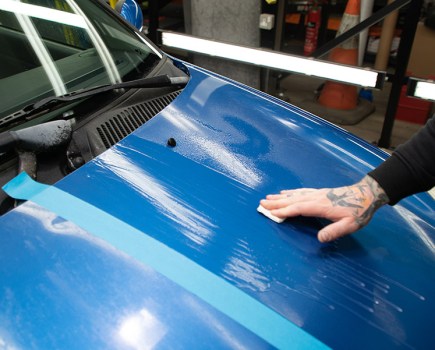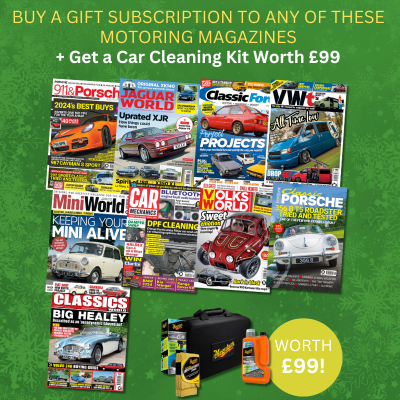Banded steels have been enjoying a resurgence over the last few years and they work well on sleepers, OEM+ builds, classics, trucks and cool commercials. Stick around as Fast Car ponders their origins, versatility and legality of these aftermarket wheels…
Banded Steels: A History Lesson
Our modified scene has its earliest roots in hot rodding and motorsport. Banded steels were used in both of these forefather spheres. Before the advent of affordable magnesium wheels, known to your grandfather and his Krazy Kustom pals as ‘mags’ in the late sixties, and then later alloy wheels, the performance world had to use what was around. In order to create a wider footprint to corner faster or gain more traction at the strip, the banded steel was prolific.
A banded steel is made when a stock steel wheel is cut in an appropriate place (an existing swage or join or sometimes an offset or clearance-related location) before a ‘band’ of steel is welded in the middle of the two parts thereby widening the track to the desired width.
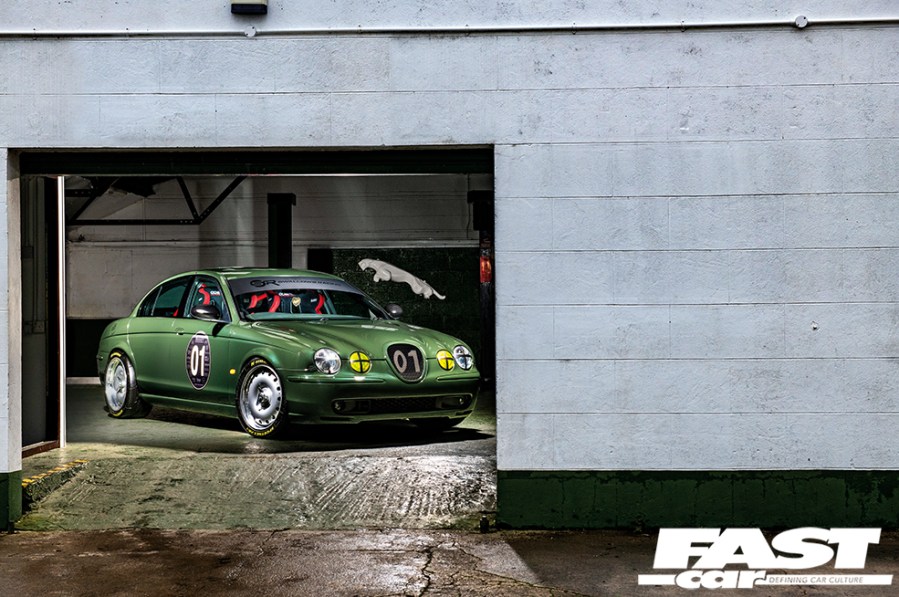
Banded Steels: The Small Print
As with anything that’s been around a while, so have the accompanying rumors and old wives’ tales. Whilst in the US and UK there are no specific laws governing this process, any wheel is subject to general roadworthiness rules and regulations. Common sense dictates that a major load-bearing component on a vehicle needs to be appropriate for the car in question. If your pal can execute a pigeon poo weld that just about locks a diff for the duration of a drift day, he probably isn’t the guy for the job when it comes to adapting critical rolling mass. It’s not just about the quality of welds, the donor wheels should be in good condition and appropriate to the intended platform, and the steel in the band should be of an appropriate tensile strength. Your calculations need to be exact here, this isn’t a place for ‘guesstimations’.
In short, you need to either know what you’re doing or enlist someone else who does. Safety first here people as we kind of like having you around but even from an aesthetic perspective, a widened steel wheel with a few pounds worth of wheel weights stuck to it will never win any beauty contests.
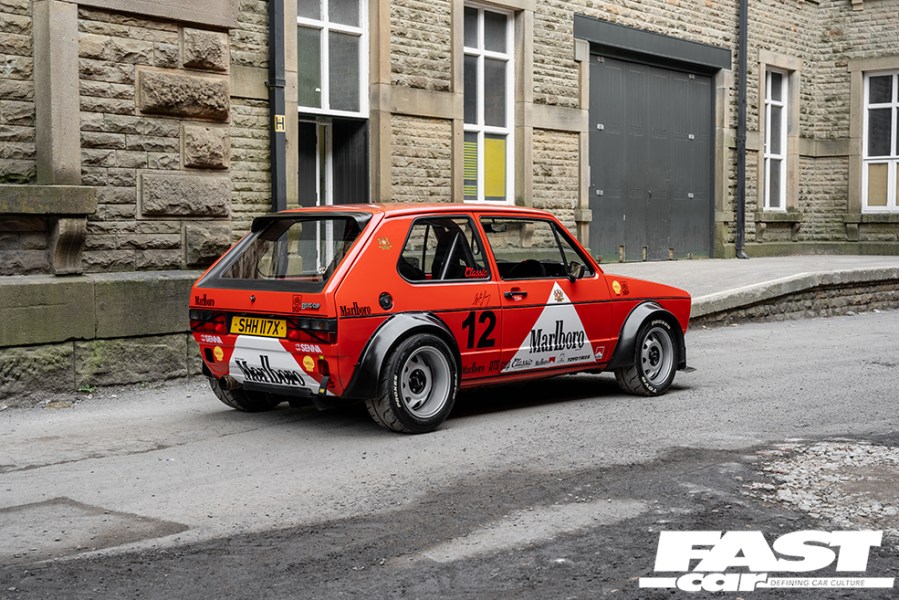
Ferrous Fashion
Even in periods where alloy wheels have reigned supreme, there have still been budget builds, period-correct projects and sleepers where banded steel wheels seem appropriate. Banded steels did seem to disappear from popular use at the peak of the Fast and the Furious-inspired tuning explosion when bling was automatically better but a few things have contributed to their resurgence. The desire to keep classics looking of their time has been ascending even in modified circles. The growing popularity of RestoMods has overtaken that of the more Pro-Touring-orientated cars where builders would strive to modernize the flavor with larger, more modern rims.
In VW circles the widening of 15in G60 steels and 17in T5 steels continues to flourish. With old Fords on both sides of the pond, nostalgic late fifties and early sixties NASCAR or circuit racer-inspired projects are increasingly using banded steel wheels. Trucks and commercial projects lend themselves well to the treatment as that element of utilitarian cool can still be retained whilst ramping up the attitude. We’ve even seen modern 18-inch space-saver wheels used on more recent cars, sometimes with a pop of color adding a fresh slant on a traditional concept.
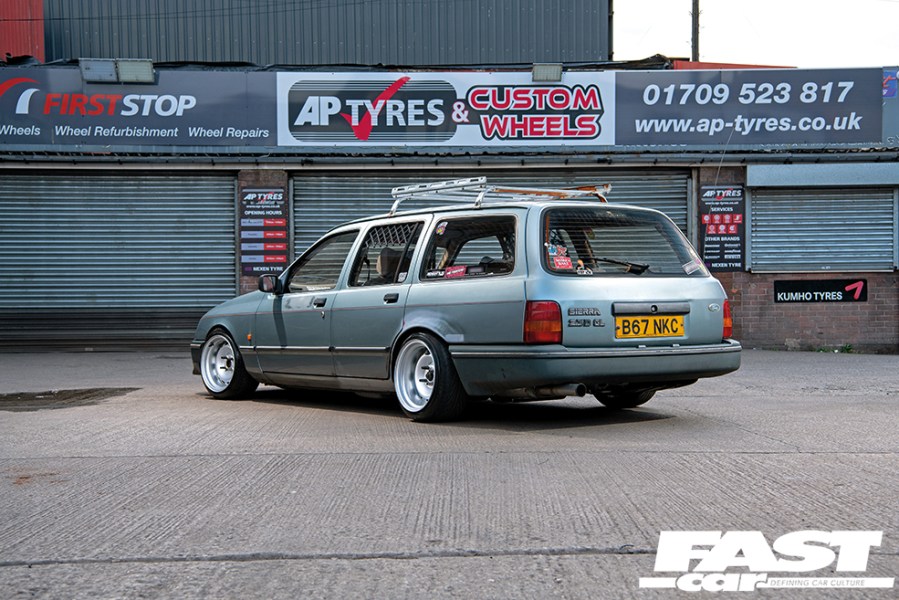
Do I have to go DIY?
If you’re not confident enough to create your own widened rolling stock or you haven’t got a trustworthy engineering shop in your neighborhood, there is a growing number of aftermarket steels which are ready-made in the style of a banded OEM steel such as Retroford and JBW’s take on the Lotus Cortina Steel. Who can forget the UK’s Weller Wheels who have been producing a selection of deep dish steels for the last fifty years and have a range of sizes to suit most eras and marques? There are also several companies producing multipiece alloy wheels that ape the look of a classic racing steel such as Image and Rotiform for those of you who are less concerned with budget but want to combine classic cool with the obvious advantages of weight-saving and spec adjustability.
Banded Steels: A Wheely Good Idea?
If you do your homework and make sure they are safe, then banded steels are an awesome cost-effective option for a variety of vehicles. Perhaps if you want in the action but can’t bear to part with your favorite alloys, you could bolt on a set for the winter. They might just look better than those curbed-up reps you normally roll out of the shed for the colder months. Variety is the spice of life and all that.

